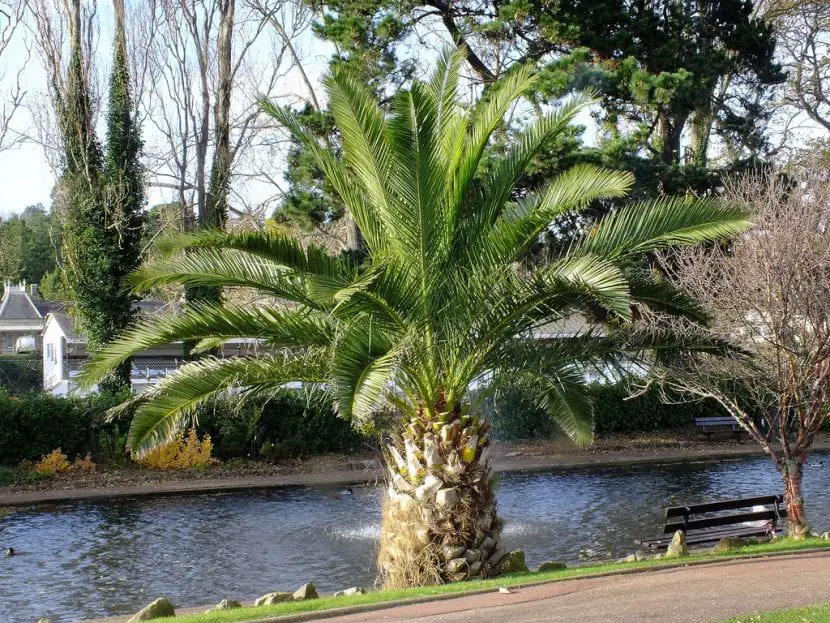
Palm trees are plants of exceptional beauty. With their tropical appearance and elegance, they make any garden look spectacular, no, the following. It is wonderful to have some specimens, to see how their leaves flutter in the wind, water them and fertilize them so that they grow well, contemplate them day after day to see how they develop …
But the experience is even more rewarding when you’ve seen them germinate. Go from a simple leaf that could well be confused with the grass of the lawn, to a beautiful plant with a stipe (trunk), pinnate or fan-shaped leaves, and truly ornamental inflorescences. Do you want to take care of one from the beginning? Acquire some seeds that we will explain step by step how to plant palm trees.
Things you are going to need

The things you will need are:
- Clear plastic container. It can be a tupperware or a zip-lock plastic bag.
- Vermiculite. This is an ideal substrate for seedlings, since it maintains the right degree of humidity, and also absorbs heat, something that the seeds need to germinate.
- Water. Essential to moisten the vermiculite.
- OPTIONAL: Heat source. If it is winter and in your area the temperature drops below 20ºC, it is important that you get a thermal blanket, a thermal heating cable, or an electric germinator.
Step by step

Astrocaryum vulgare seeds
Now that you have everything, you must follow this step by step:
- First, put the seeds in a glass of water for 24 hours. After that time, you can discard the unviable ones, which will be those that remain floating.
- Then fill the container with vermiculitemore or less halfway.
- Then wet it wellso that it is soaked but not puddled. Remove the excess water.
- Then, bury the seedsjust enough so that they cannot be seen with the naked eye.
- Finally, place the container in an area where the temperature stays between 20 and 25ºCand go checking the humidity of the vermiculite about twice a week to prevent it from drying out.
Depending on the species and the viability of the seed, it can take between one week and five-six months to germinate. If you have questions about how long a specific species will take, write to us .
When you see the root and cotyledon (first leaf) appear, you can transfer them to individual pots with universal growing substrate mixed with 30% perlite.

